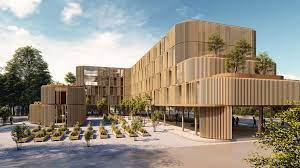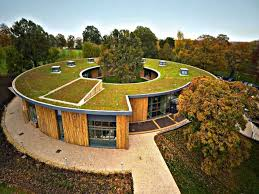Sustainable architecture refers to buildings that aim to minimise their environmental impact, and it is one of the forms of ecological urbanism. The primary objectives of sustainable design are to minimise the consumption of non-renewable resources, decrease the waste generated, and reduce negative impacts on the health and well-being of the building occupants.

As energy demand increases, architects are working to reduce the carbon footprint of their projects. By using eco-friendly building materials, they can significantly reduce their effects on the environment. In some climates, incorporating aerothermal systems can provide excellent energy savings. For advice from a Monmouth Architect, try visiting https://www.hillsandcompany.co.uk/
Architects make their buildings more sustainable by incorporating solar photovoltaic systems on rooftops and heat pumps. They are also integrating wind energy into their design.
Another form of sustainable architecture is the multigenerational home, it is designed to be both functional and adaptive. This home is surrounded by a leafy garden designed to accommodate the needs of two generations.
In addition to these practices, architects are using recycled materials. For example, Japanese architect Shigeru Ban used recycled cardboard tubing to build an emergency shelter in Christchurch, New Zealand. These materials can also be integrated into a structure’s overall design.
There are other sustainable architecture methods, such as using cross-laminated timber for city towers. This technique is a more environmentally friendly alternative to prefab houses.

A sustainable approach to modern-day building involves integrating the built environment into the natural landscape and choosing the best building materials and waste management systems. It is also crucial to consider the construction’s performance and provenance.




















+ There are no comments
Add yours